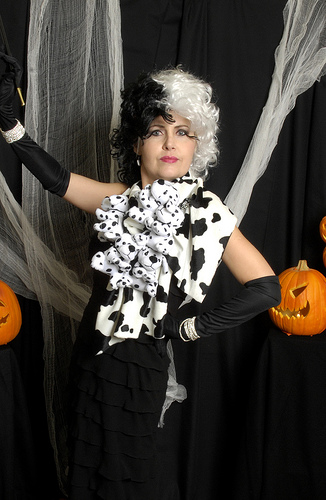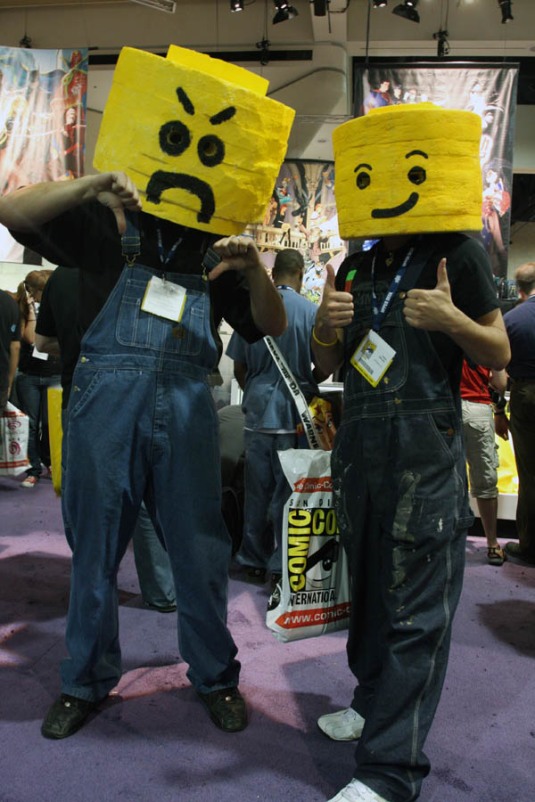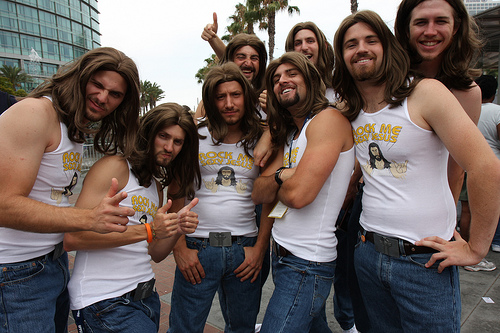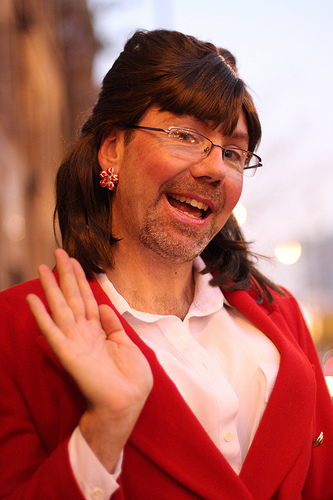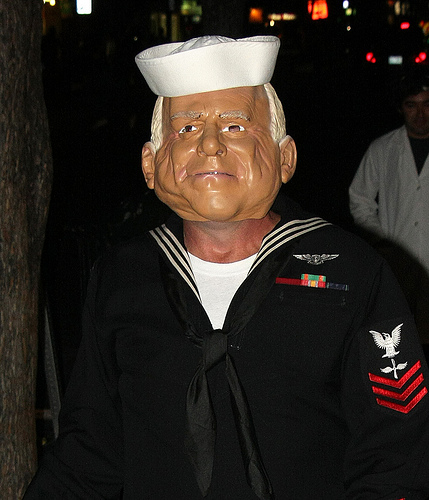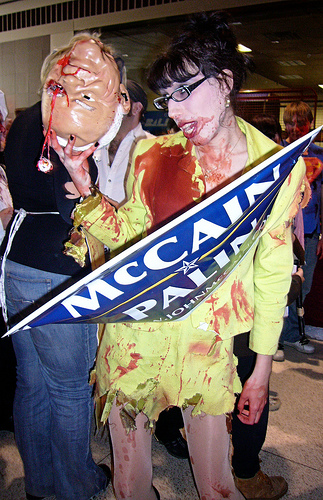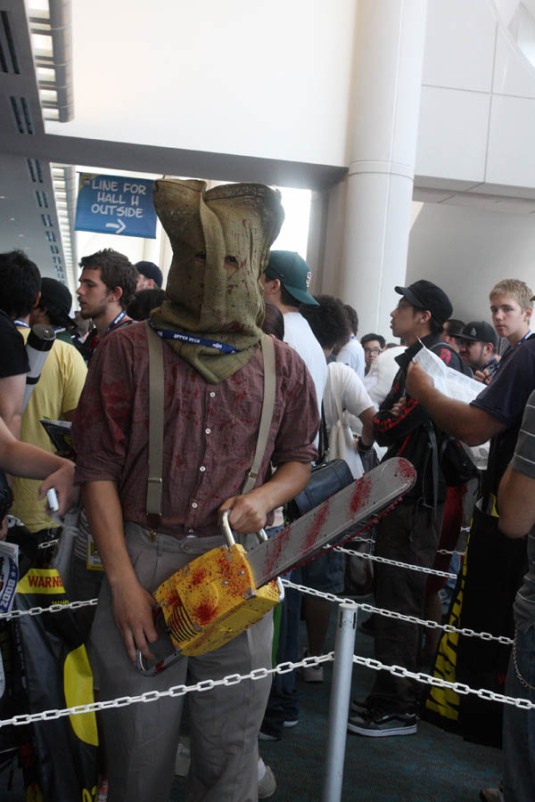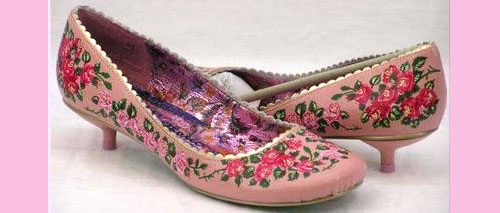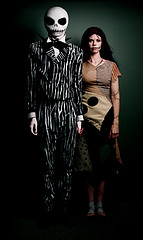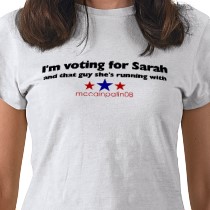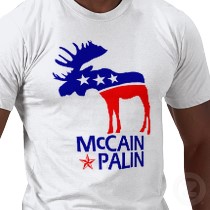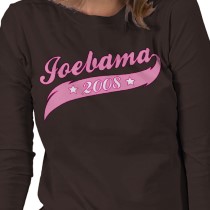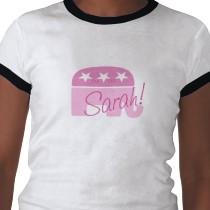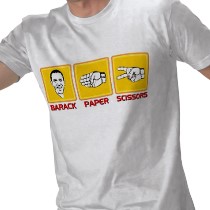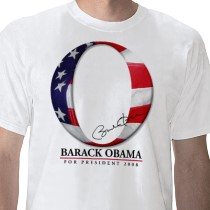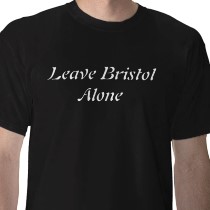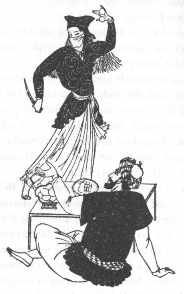I, Clothesmonaut, self-appointed Commissar of Fashion, must bring my riding crop down hard on the well-intentioned, but wayward lads and lasses mangling the Steampunk fashion aesthetic. An eclectic collection of costume pieces put together in a slap-dash manner and accessorized with a couple of brass gew-gaws does not a Steampunk ensemble make, people.
In particular, the following do offend the eye:
Don’ts for Men
- Don’t wear a vest that’s too short. Your vest should completely cover your gut with no gap between the bottom of the vest and the top of your pants. Otherwise, it just looks sloppy. If you don’t have a long enough vest, you have two options: 1) untuck your shirt and wear your vest over the top for a more deconstructed look. (The younger you are, the better this works.) or 2) lose the vest altogether and go for a more informal, working man look.
- If you are going to wear a pocket watch and fob in the classic chain-across-the stomach fashion, make sure that the watch is tucked securely into your vest pocket (hence the term “pocket watch”). A loose chain with the watch hanging down in front of your groin is just unattractive.
- If you are very tall, don’t wear anything that emphasizes your height unless you want to look like some out-sized, dancing skeleton. That means stay away from vertical stripes and one color outfits. Instead break up your silhouette visually with as many horizontal elements as possible–straps, belts, bandoliers, short-waisted jackets, contrasting colors, etc.
Don’ts for Women
- Balance your silhouette. Dresses, particularly ones from the first half of the Victorian period, tend to be very poofy and/or detailed above the waist and need a wide, A-line skirt to keep from looking top-heavy. If you are going with a tubular-style skirt such as a Victorian bustle or Edwardian number, remember that your top will need to be pared down and made more vertical.
- If you aren’t young, leggy, and thin, stay away from mini-skirts. A floor-length skirt or pants will be much more flattering. If you must show your legs, wear stockings and garters or go with lacy knickers. Remember, chunky, pasty white thighs are not sexy in any genre.
- If you don’t have a defined waist (that is, a waist that is substantially smaller than your hips), you can’t wear a waist cincher. A cincher on a waist-less person is just an unflattering band of fabric around your middle.
- A Victorian-style corset, particularly the underbust kind, is made for people with an hour glass figure who have the same amount of sand on the top as on the bottom. If you are pear-shaped or large-busted, this look is not for you. You will either appear unbalanced or your breasts will seem to float in space like two UFOs. Go for an over-the-bust corset or better yet, a fitted bodice.
Keep the following rules of thumb in mind:
Dos
- All of your accessories should serve a purpose and appear to be functional. Don’t carry rayguns or flight helmets just to carry them. They should go with the rest of your ensemble.
- The period that Steampunk is based on is Victorian/Edwardian (19th/early 20th century), not the Medieval/Renaissance and not the 18th century. If you want to incorporate that doublet or pirate tricorn into your outfit, you will need to “periodize” it–that is, interpret it through a Victorian/Edwardian lens. Look for pictures of Victorians/Edwardians in masquerade dress for help.
- If you’re not sure how to incorporate anachronistic elements into costume, follow this handy rule of thumb: change only ONE thing. That is, there should be only one “out there” part of your costume (hair is a good place to start, for example) and the rest should be period.
- Don’t be afraid to use non-Western clothing from the Victorian/Edwardian era as a basis for your costume. History–and alternate history–wasn’t just happening in Western Europe, you know.
- Be aware of class and era differences. Formal Steampunk costumes are usually based on upper or middle class ensembles. Informal Steampunk outfits are generally variations on a working class look. Remember to keep the details specific to the era that you favor. For example, boots, pants (especially plaid), a loose, river boatman-type shirt, a soft cravat tied in a bow under the collar, and a top hat say “Victorian”. Boots, pants, a tank-style undershirt (or a collarless shirt, especially a striped one), suspenders, and a bowler hat say “Edwardian”.
- If you are short of funds and/or need versatile costume pieces, stick to men’s wear. Male costume has changed very little over the past hundred years so you get can a variety of looks just by varying your neck and head gear. Women dressing as men is perfectly period (think George Sand) and works even better for Steampunk.
- Your entire costume, no matter how odd or edgy, should work as a whole. If you want to show off, your custom-made rocket pack, for example, the rest of your ensemble should say “aviator”. If you want to look as if you’ve just strolled off of Jules Verne’s “Nautilus”, your clothes should say “ship’s captain” or “seaman”. There’s no substitute for doing your homework.
